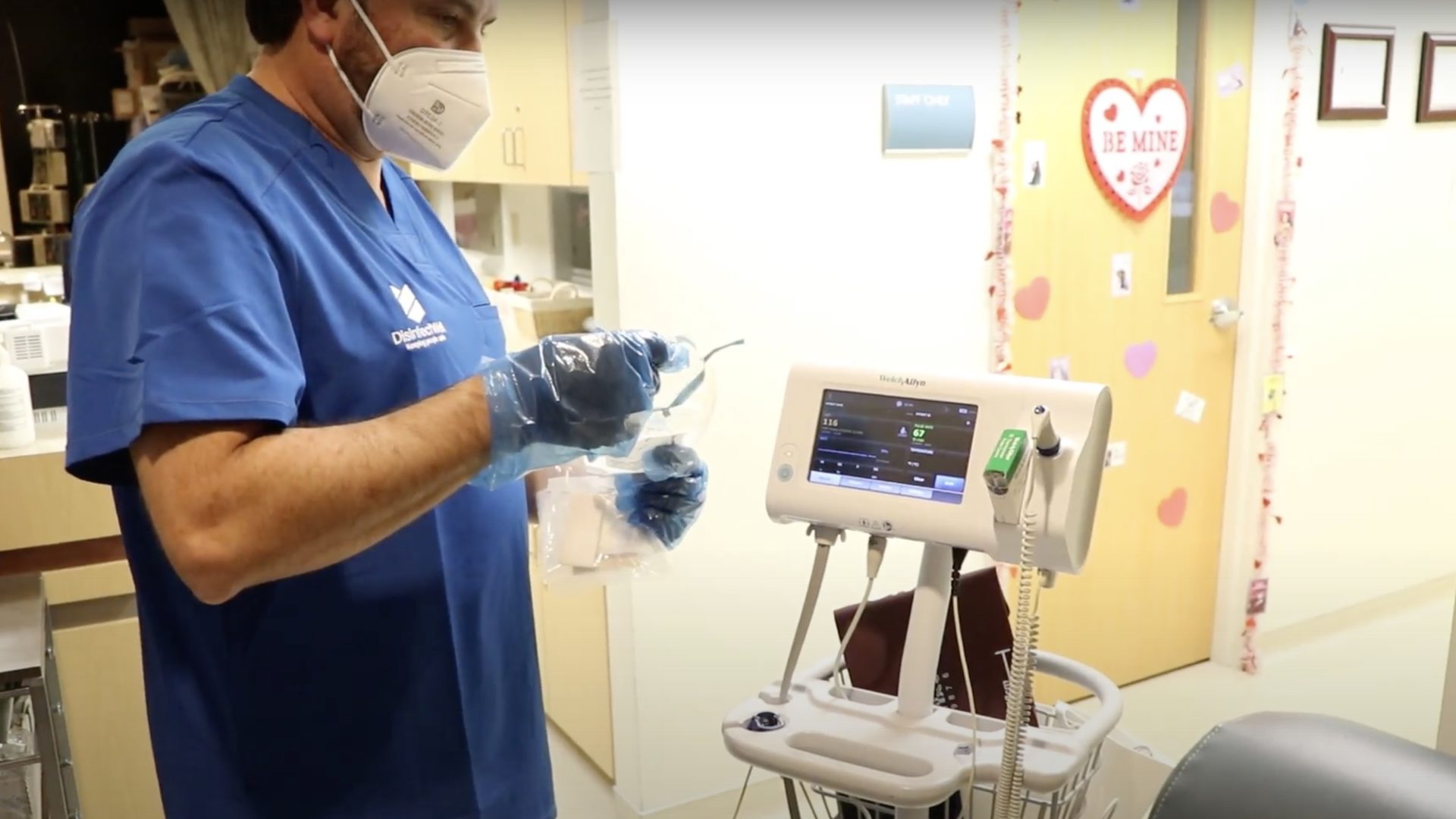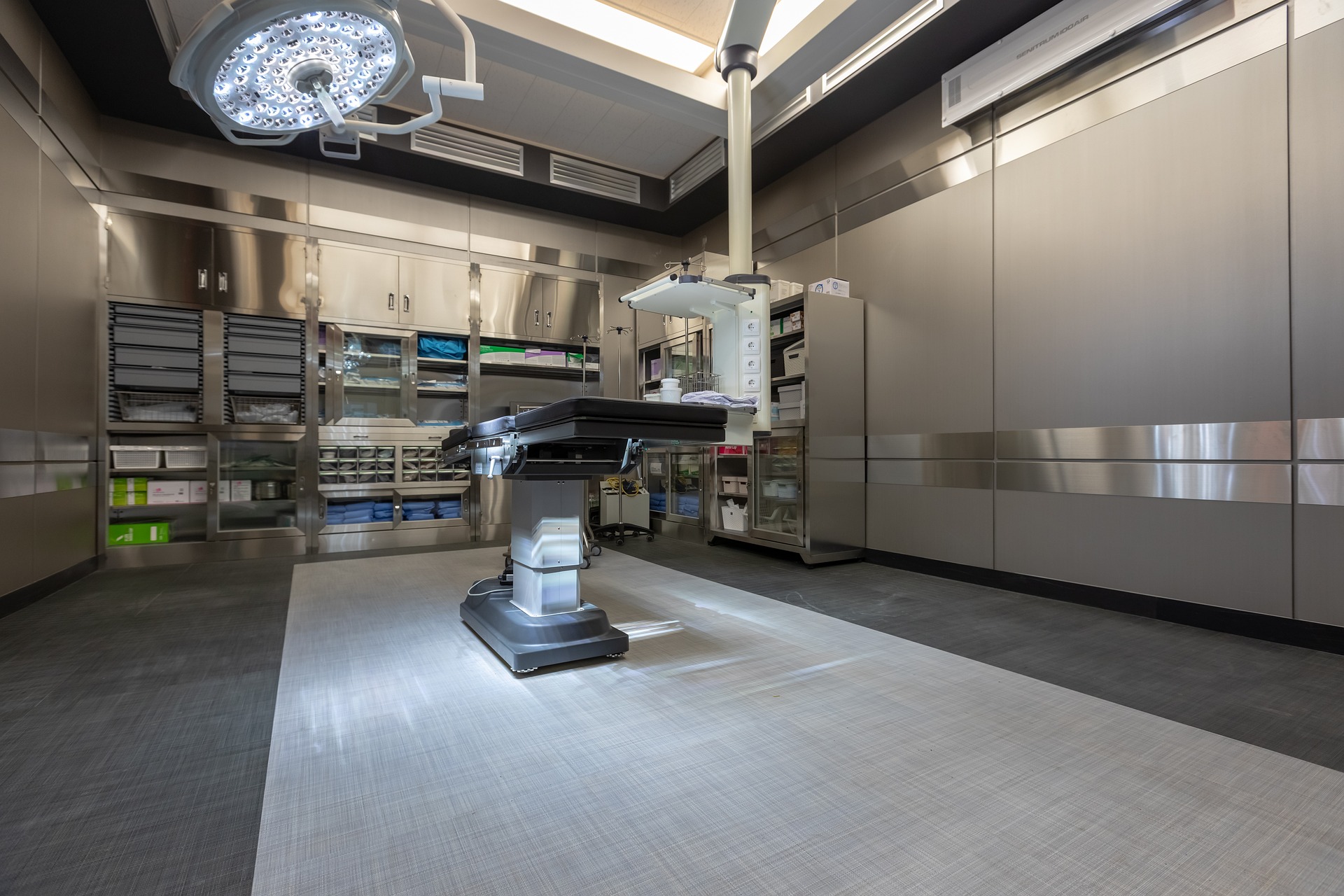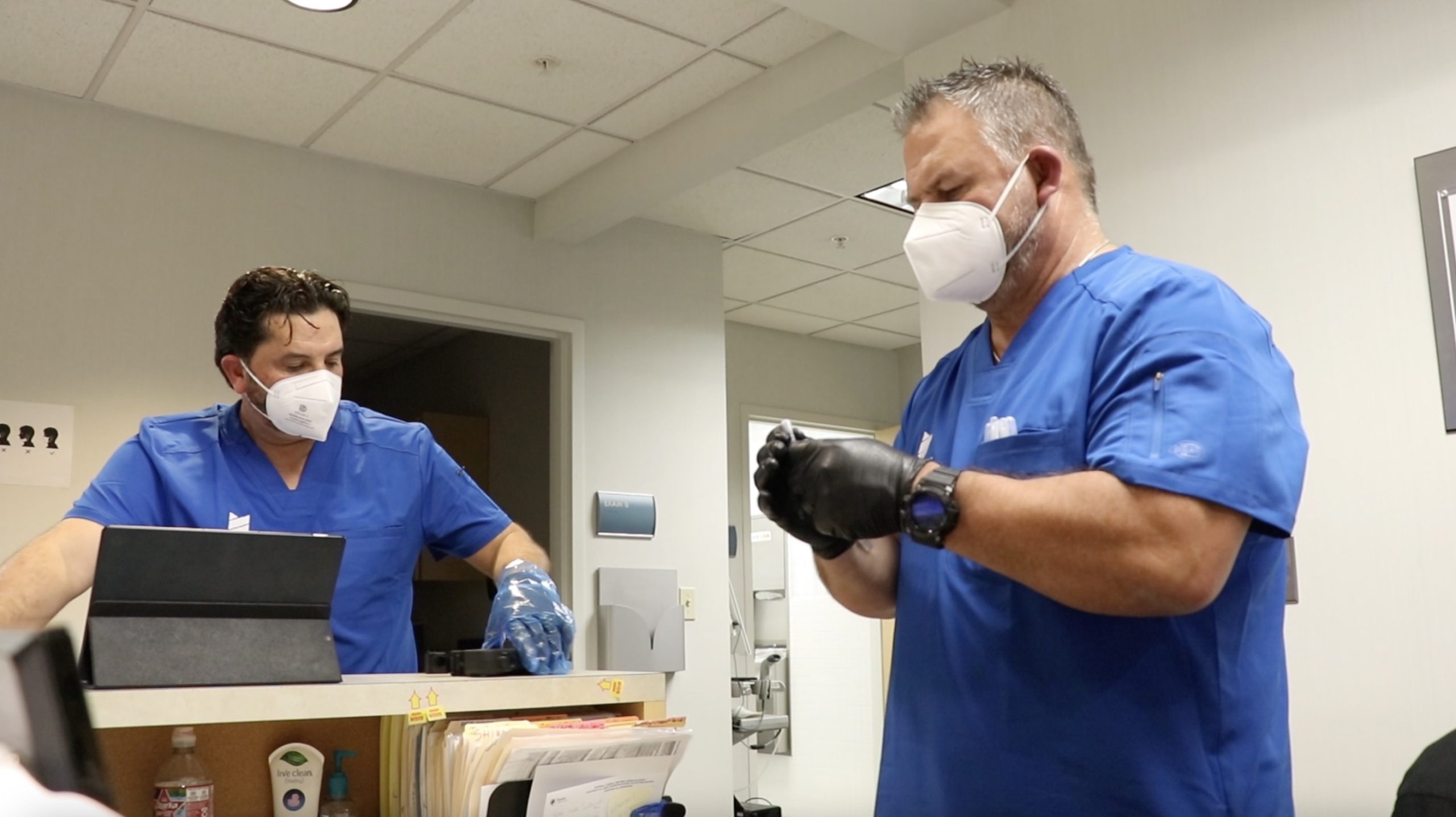Healthcare Acquired Infections (HAIs) are a severe problem in healthcare today. In the United States alone there are approximately 2 million patients per year that suffer from HAIs with nearly 90,000 losing their life to this largely preventable threat. The direct annual cost of HAIs to US hospitals ranges from $30 billion to 45 billion1.

The healthcare sector is constantly striving to find new and innovative ways to improve patient care and outcomes and reduce costs wherever possible. One of the most critical aspects of these efforts is preventing the spread of Hospital Acquired Infections. To do this effectively, we need to move from focusing on infection control to implementing measures for infection prevention.
Infection control measures, according to the CDC, are actions to prevent or stop the spread of infections within a healthcare setting. Infection control measures include identifying patients at risk of nosocomial infections, practicing good hygiene, and adhering to standard precautions to reduce transmission. Cleaning and disinfecting surfaces are essential in controlling the spread of infection.
Yet, most HAIs are still caused by environmental factors inside healthcare spaces. It is often the things you do not see that present a risk. So we advocate for innovative environmental solutions to proactively protect patients, medical staff, and visitors to hospitals or clinics.
Healthcare Acquired Infections (HAIs) have increased 36% in the last 20 years, and over 2 million people suffer from HAIs annually. (ref 2)
The CDC’s guidelines for infection control in hospitals and clinics are foundational for efforts to control the risk of microbial contamination. But imagine knowing that an environment has the opportunity to be VerifiedSAFE™. “SAFE” means that surfaces and air are disinfected and verified, so you know the healthcare environment is safe.
Especially in high-risk areas such as a hospital OR where patients are immunocompromised and vulnerable, detecting the levels of viruses, bacteria, fungi, and mold in a room before and after disinfection, is a game-changer for present infection control measures.
DisinfectWell is a hospital-grade non toxic disinfection platform that uses cutting-edge technology to reduce microbial contamination load on surfaces and in the air. Our managed disinfection services prevent the spread of infection and reduce Hospital Acquired Infections.
DisinfectWell's mission is to test, disinfect and verify test, disinfect and verify places to keep people Safe™
DisinfectWell’s process is simple:
We test the environment before disinfection. We identify the number of microorganisms present in the air and on surfaces with ATP Rapid On-site testing and MicroID Environmental testing to establish a microbial baseline.
Next, we disinfect the healthcare environment using a safe EPA Registered Non-Toxic Disinfectant applied with electrostatic technology.
Finally, we verify the safety of the environment. We test again to make sure you are safe and provide VerifiedSAFE™ Reporting verifying microorganism count after disinfection. This practice allows for consistent on-going validation of the disinfection protocol in place in your facility. We report against the environmental test results we obtain to empower healthcare organizations with data related to their efforts to mitigate microbial contamination risk.Hospital Acquired Infections are a severe problem in the healthcare industry. However, by using the test, disinfect and verify process, we can prevent the spread of these infections and help keep people safe.
Our CEO says “You can’t manage what you can’t measure”. This reality is why DisinfectWell emphasizes a VerifiedSAFE™ environment, to measure the effectiveness of the disinfection process. The measurement component part of DisinfectWell’s process allows for an effective transition from infection control to infection prevention. The results speak for themselves.
If you are interested in learning more about how DisinfectWell can help improve patient outcomes by reducing hospital acquired infections, please schedule an assessment today.
- Infection Control | CDC
- Institute of Medicine. To Err is Human: Building a Safer Health System. DC, USA: National Academy Press; 2000.





